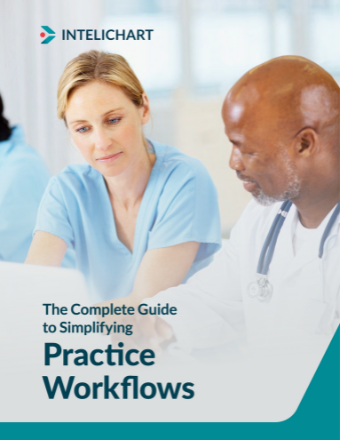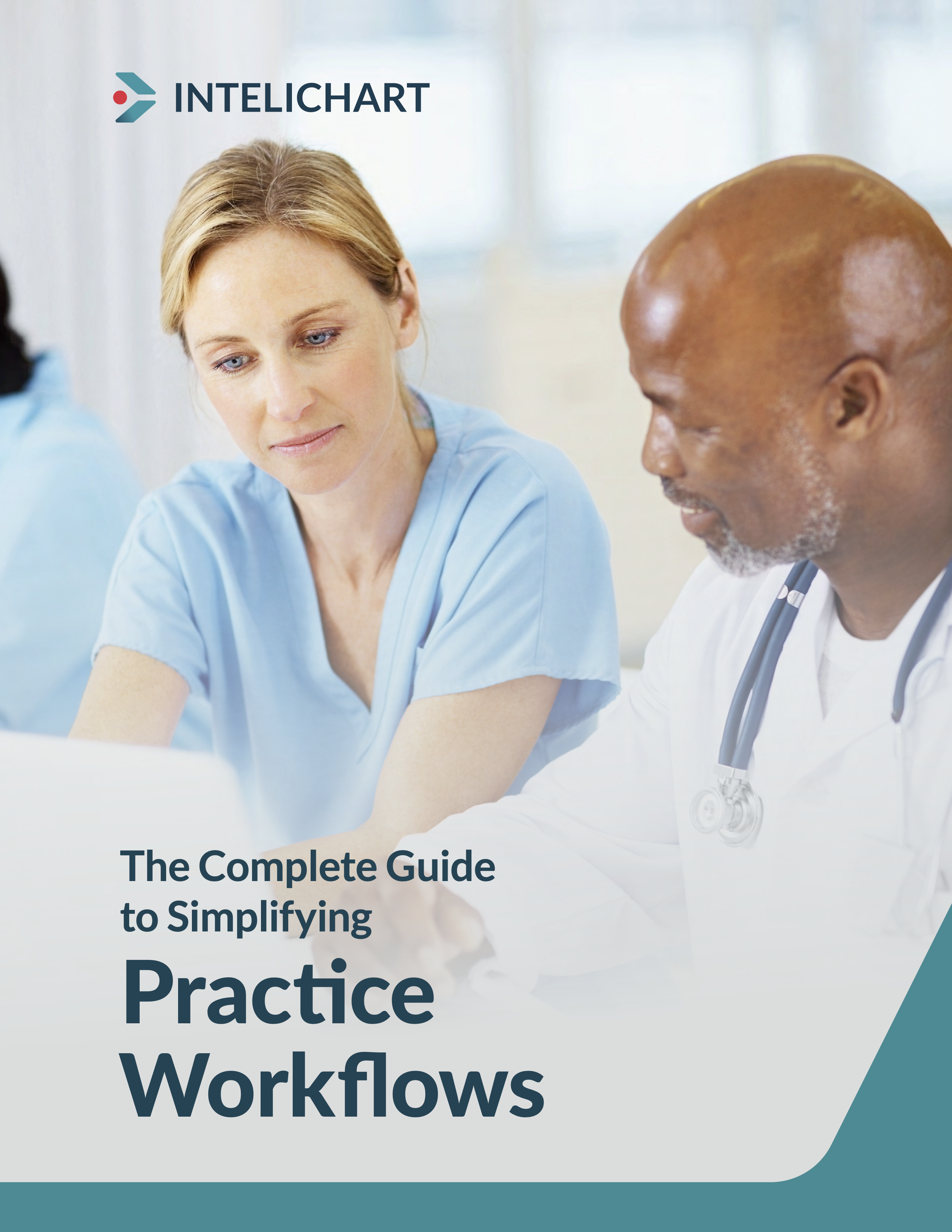Pre-Appointment Challenges:
Scheduling the patient
Patient scheduling is one of the most important operations in a practice—but in many cases, it’s also the least efficient. Manual appointment scheduling is not only inconvenient for patients, but also for practice staff. It makes it challenging to maximize physician schedules, often resulting in them being overbooked and burned out or gaps between appointments that decrease productivity and revenue.
Verifying eligibility
Manually verifying insurance eligibility can lead to an increased number of non-payments and patient dissatisfaction. Plus, eligibility verification can be a lengthy process that takes time away from more important tasks and time spent with patients.
Filling out necessary forms
The old school method of requiring patients to fill out paper forms is tedious and inefficient. Not only does this lead to longer wait times and unhappy patients, but also manual data entry that can result in overworked staff and avoidable human errors.
Reminding patients of appointments
Nobody likes a no-show, but it’s hard to blame patients when there’s no sufficient process for sending reminders. Of patients who have missed appointments, 52 percent said it was simply because they forgot to attend or cancel—which could easily be avoided with an automated reminder. Manual appointment reminders either result in staff spending hours making phone calls or skipping this step entirely.
Collecting payments due
90 percent of healthcare providers still use manual and paper processes for patient collections. This results in slower, less successful payment collection, lost revenue, overworked staff, and worst of all, confused or frustrated patients.




